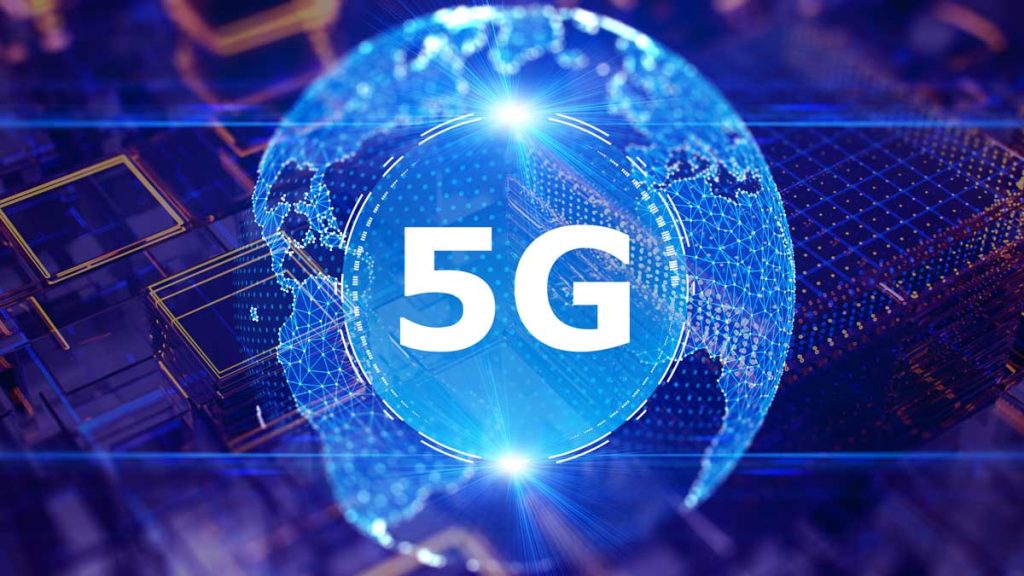Introduction
The rollout of 5G technology marks one of the most significant technological advancements of the 21st century. As the fifth generation of mobile networks, 5G offers faster speeds, lower latency, and the capacity to connect billions of devices simultaneously. It is not just an upgrade from 4G but a complete transformation that will redefine how people communicate, work, and interact with technology. From smart cities and autonomous vehicles to telemedicine and virtual reality, 5G is laying the foundation for the next digital revolution.
Table of Contents
What Makes it Different
To understand the power of 5G, it is essential to recognize how it differs from its predecessors. While 4G primarily improved speed and connectivity, it introduces three key pillars that make it revolutionary.
Speed: 5G networks can deliver download speeds up to 100 times faster than 4G, reaching up to 10 Gbps. This means downloading a full-length HD movie will take just a few seconds.
Latency: Latency refers to the time it takes for data to travel between devices. It reduces latency to as little as one millisecond, allowing for near-instant communication, which is vital for applications like autonomous driving or remote surgery.
Capacity: Unlike previous generations, it can handle a massive number of devices at once, enabling the expansion of the Internet of Things (IoT) and supporting millions of connected sensors in homes, factories, and cities.
These three factors together make it a cornerstone of the modern digital era.
Transforming Industries Through Connectivity
The impact of it extends beyond faster internet on smartphones. It is transforming entire industries by enabling real-time data processing, automation, and connectivity at unprecedented levels.
Healthcare: It is powering advancements in telemedicine, allowing doctors to perform consultations and even surgeries remotely with minimal delay. Medical devices can transmit patient data in real time, improving diagnosis and response times.
Transportation: Autonomous vehicles rely on instant communication between sensors, traffic lights, and other vehicles. The ultra-low latency of it ensures this communication happens without lag, making self-driving technology safer and more efficient.
Manufacturing: Factories are becoming smarter through 5G-enabled robotics and sensors that monitor every step of production. This technology improves efficiency, reduces downtime, and enhances precision.
Entertainment: From high-definition live streaming to immersive virtual and augmented reality experiences, 5G is transforming how people consume content and interact with digital media.
Empowering Smart Cities and IoT
5G is the foundation of smart city development, where everything from traffic lights to waste management systems can be connected and controlled digitally. By supporting millions of devices per square kilometer, it allows cities to collect and analyze massive amounts of data in real time.
Smart streetlights, for example, can adjust brightness based on traffic and weather conditions, reducing energy waste. Connected vehicles can share real-time data to prevent congestion and accidents. Smart grids can monitor electricity usage and automatically balance supply and demand.
The Internet of Things (IoT) will reach its full potential through it, making everyday environments intelligent, responsive, and sustainable.
5G and the Future of Work
The way people work is also being reshaped by its connectivity. Remote work, cloud computing, and collaboration tools depend on stable, high-speed connections. With it, teams can collaborate using ultra-high-definition video, real-time file sharing, and immersive virtual workspaces without lag.
Furthermore, it supports automation in logistics, agriculture, and construction by connecting machines, sensors, and drones that operate seamlessly. This high-speed network is enabling a future where humans and intelligent systems collaborate efficiently across distances.
Challenges and Considerations
Despite its potential, the global rollout of 5G faces several challenges. Infrastructure development requires massive investments in new antennas, fiber networks, and technology integration. There are also concerns about data privacy and cybersecurity, as more devices mean more potential vulnerabilities.
Additionally, the digital divide could widen if developing regions are slow to adopt 5G. Ensuring equitable access will be crucial for maximizing the benefits of this transformative technology. Governments and tech companies must work together to create secure, accessible, and affordable 5G networks for all.
The Future Beyond 5G
While 5G is still being deployed globally, researchers are already exploring the next step: 6G networks, expected around 2030. 6G will build upon 5G’s foundation with even greater speeds, advanced AI integration, and near-instant communication between devices. The continuous evolution of wireless technology demonstrates humanity’s drive toward hyper-connectivity and digital progress.
Conclusion
5G is more than just a faster network. It is a technological framework that will support innovation across industries, connect billions of devices, and enhance everyday life. From improving healthcare and transportation to building smarter cities and enabling new digital experiences, 5G represents the next leap in global connectivity.
As 5G becomes the new standard, it will pave the way for technologies that once seemed futuristic to become part of our daily reality. The digital future is here, and it is powered by the limitless potential of 5G. Also Check Future of Artificial Intelligence – What to Expect in 2030







1 thought on “The Power of 5G – Comprehensive Guide – 2025”